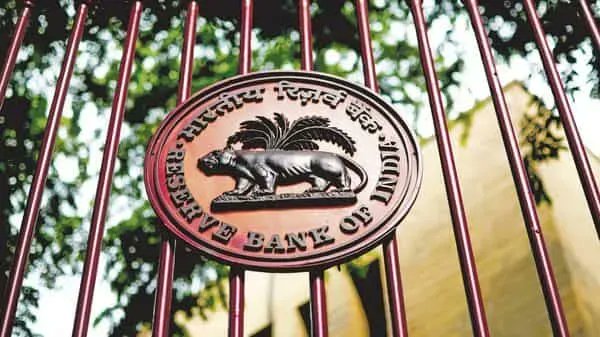
Global interest in central bank digital currencies (CBDCs) is on the rise, with 80% of all central banks investigating their issuance and half having progressed past research to running pilots. In an article last year, I applauded this trend believing that CBDCs represented the best of both worlds—the programmability of cryptocurrency and stability of fiat currency.
But the more I read about this new form of digital currency, the clearer it became to me that any decision to issue a CBDC would be both nuanced and complex. While it might seem like just another flavour of virtual money, the fact that it is issued by a central bank puts a whole new spin on it.
To figure out why this is the case, we need to understand how our modern two-tiered banking system works—and, in particular, the symbiotic relationship between public and private money.
